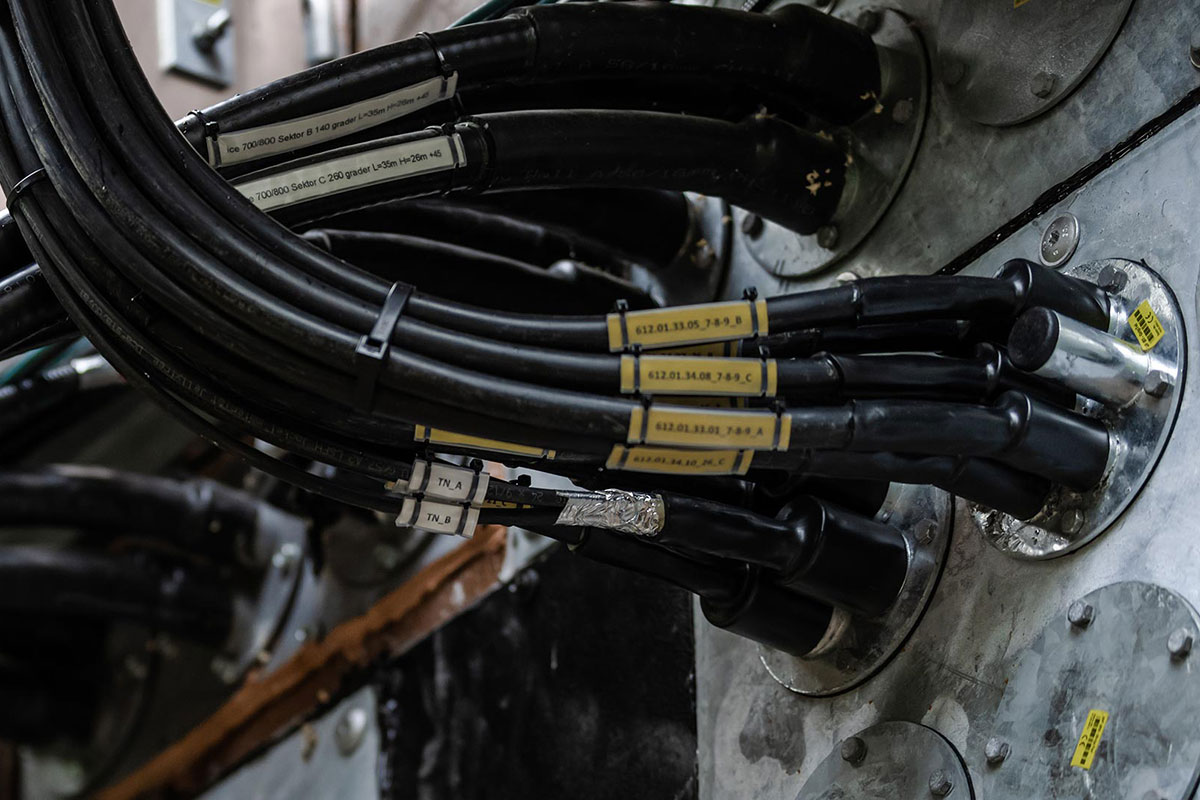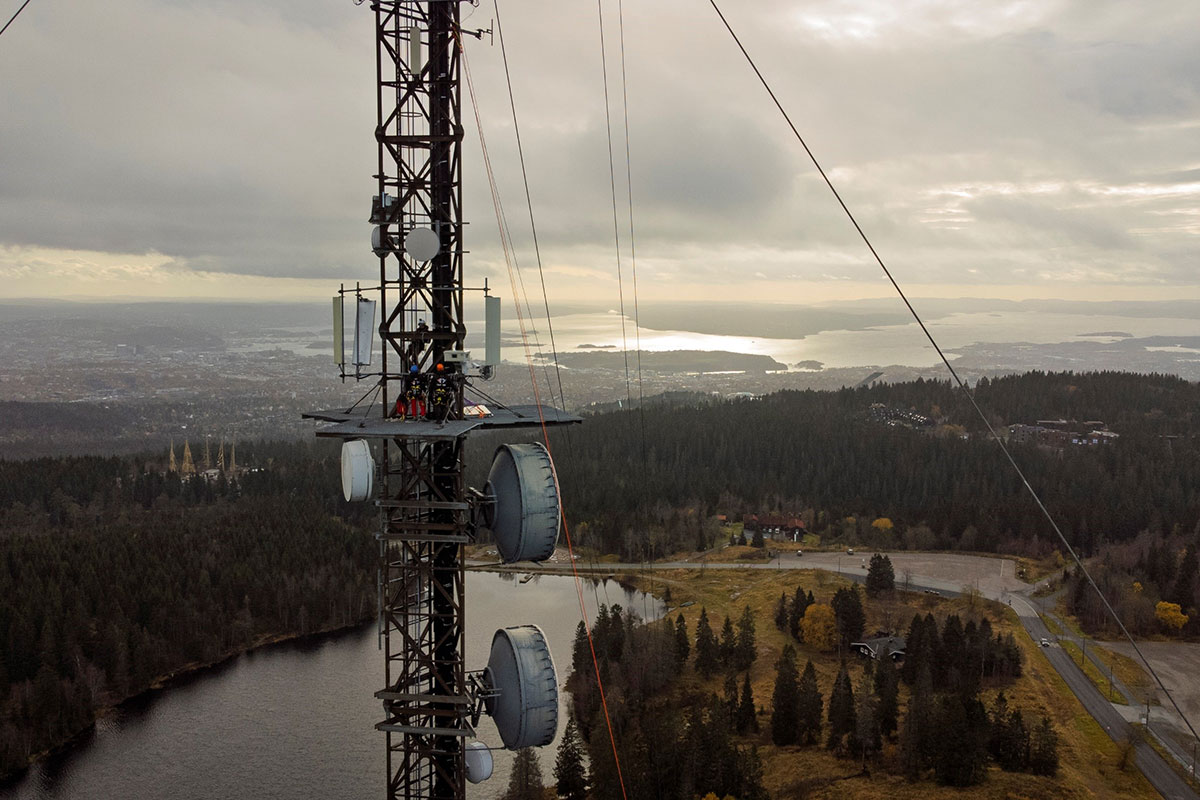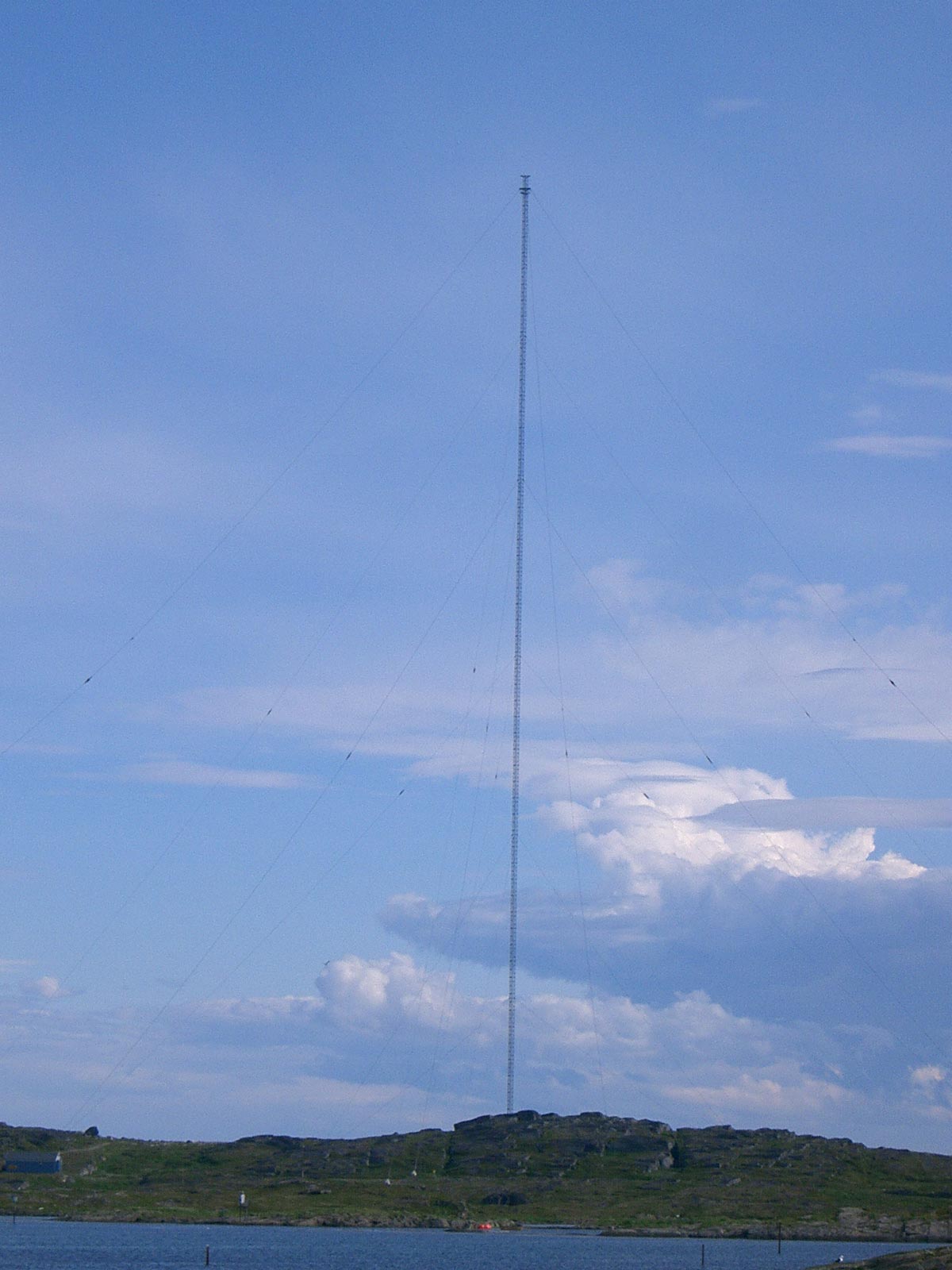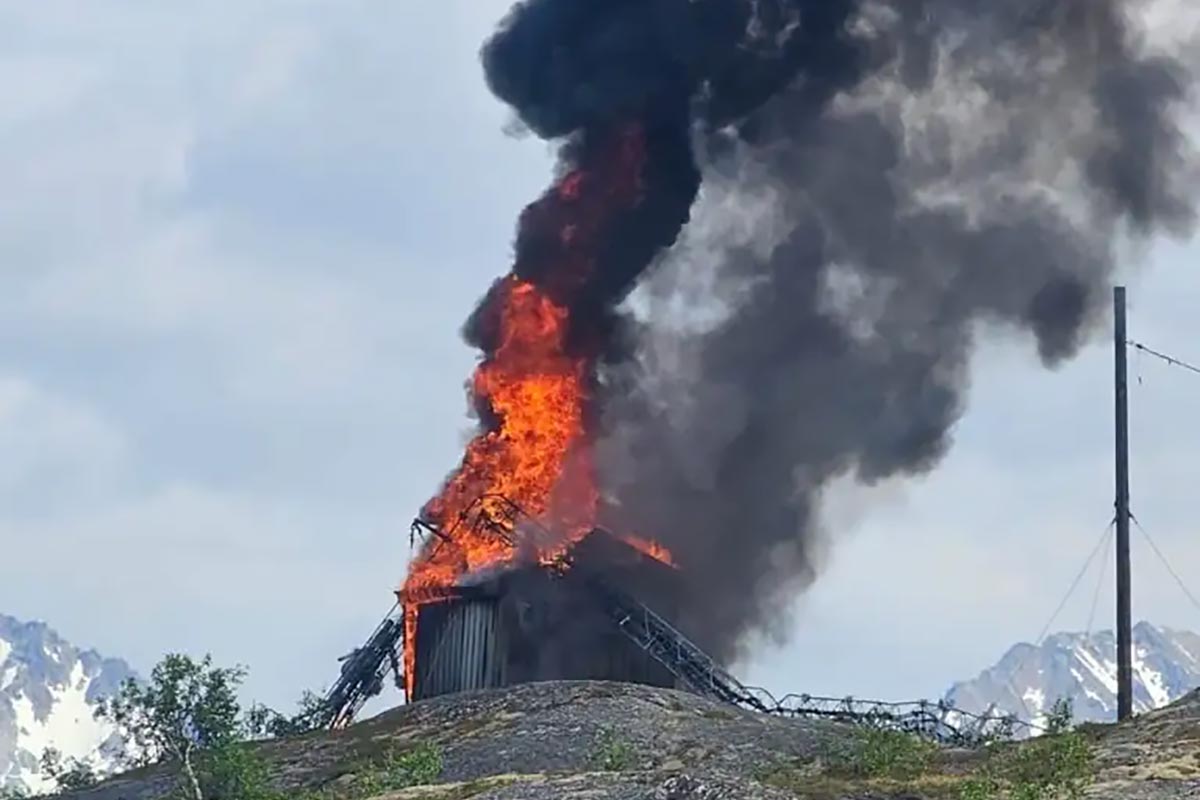Are Towers’ sites secured against lightning strikes?
Are Towers’ sites secured against lightning strikes?
Telenor Towers has several thousand masts and towers scattered around the Nordics. These come in many heights and shapes, but what they all have in common is that they house antennas that give us coverage for radio, TV and mobile. Our masts and towers are often the tallest structures in the area they are located, which means that the signals can cover a large geographical area. At the same time, it makes them very vulnerable to lightning strikes. Therefore, protection against lightning strikes is extremely important to protect our sites.

In the cloud cover there is mostly a balance between positively and negatively charged particles. But an imbalance can occur in the distribution of these particles. This imbalance can occur because of warm air rising upwards and meeting colder air in higher cloud layers, or in connection with storms. Electrical charges build up, and when these become powerful enough, a lightning discharge will occur. Lightning discharges can occur within the cloud cover, between different cloud covers, or between the cloud cover and the ground. The latter is what we know as lightning.
Lightning will always try to find the easiest path to earth and will therefore often strike structures that tower higher than the surrounding landscape. How often lightning strikes masts and towers depends on many factors such as climate and geographical location, but there is a clear connection between the height of the mast and the expected number of strikes during a year. With masts that extend up to 362 metres, we expect lightning to strike regularly, and the facility is built to withstand such stress.
When lightning first strikes the top of a mast or tower, the lightning will follow the structure down to the ground. The amount of energy in a lightning strike can be considered moderate, up to 200 kWh. This can be compared with the energy consumption of 4 detached houses over the course of a day. The effect of a lightning strike can nevertheless be formidable, up to 10 GW, as the discharge of the lightning current takes place over a very short time.
By having the ground electrodes at our masts, the lightning current will be directed away from the masts and distributed into the soil. A good soil is essential for the ground electrodes to function well. For example, moist soil with sand and clay will handle electricity very well, while rocks have a poorer ability to handle electricity. In a country with many mountains, it is therefore often challenging to build good ground electrodes. It is very important that the design of the ground electrode is good and that it works. This is how we secure our sites against lightning strikes, an important field for us in which we are proud to have good expertise.



